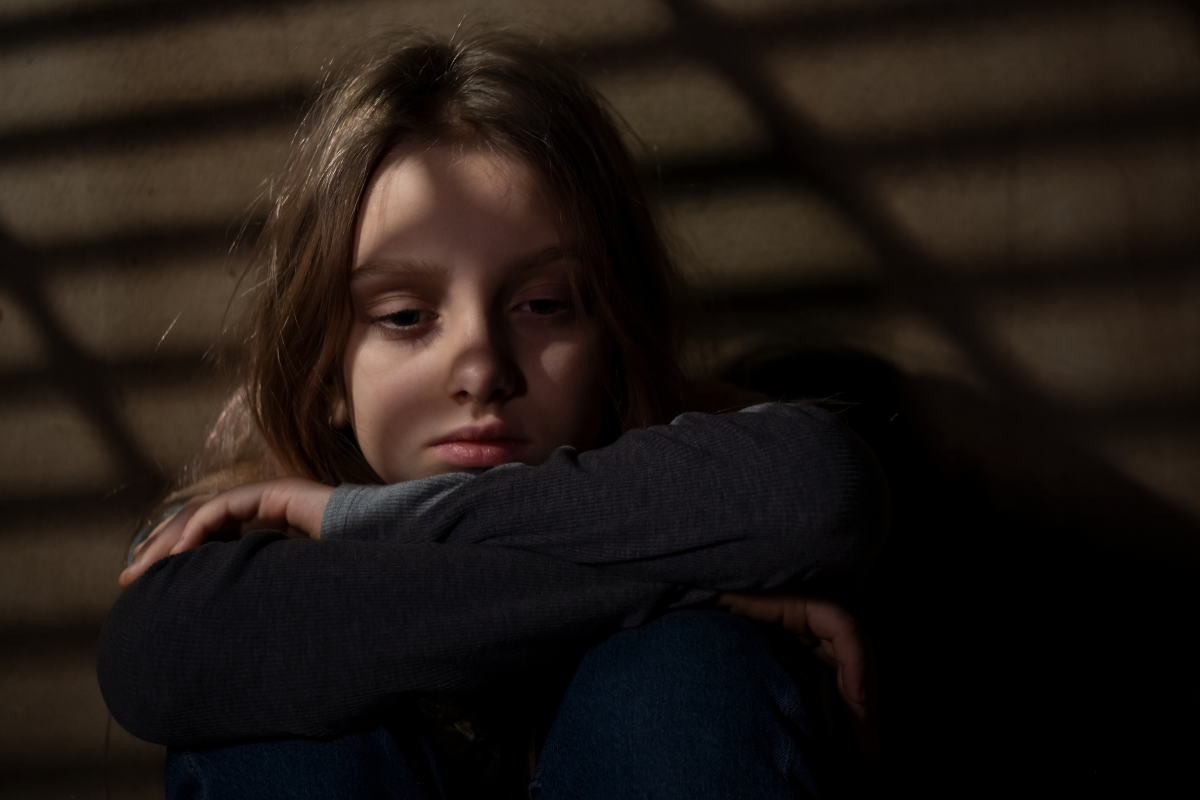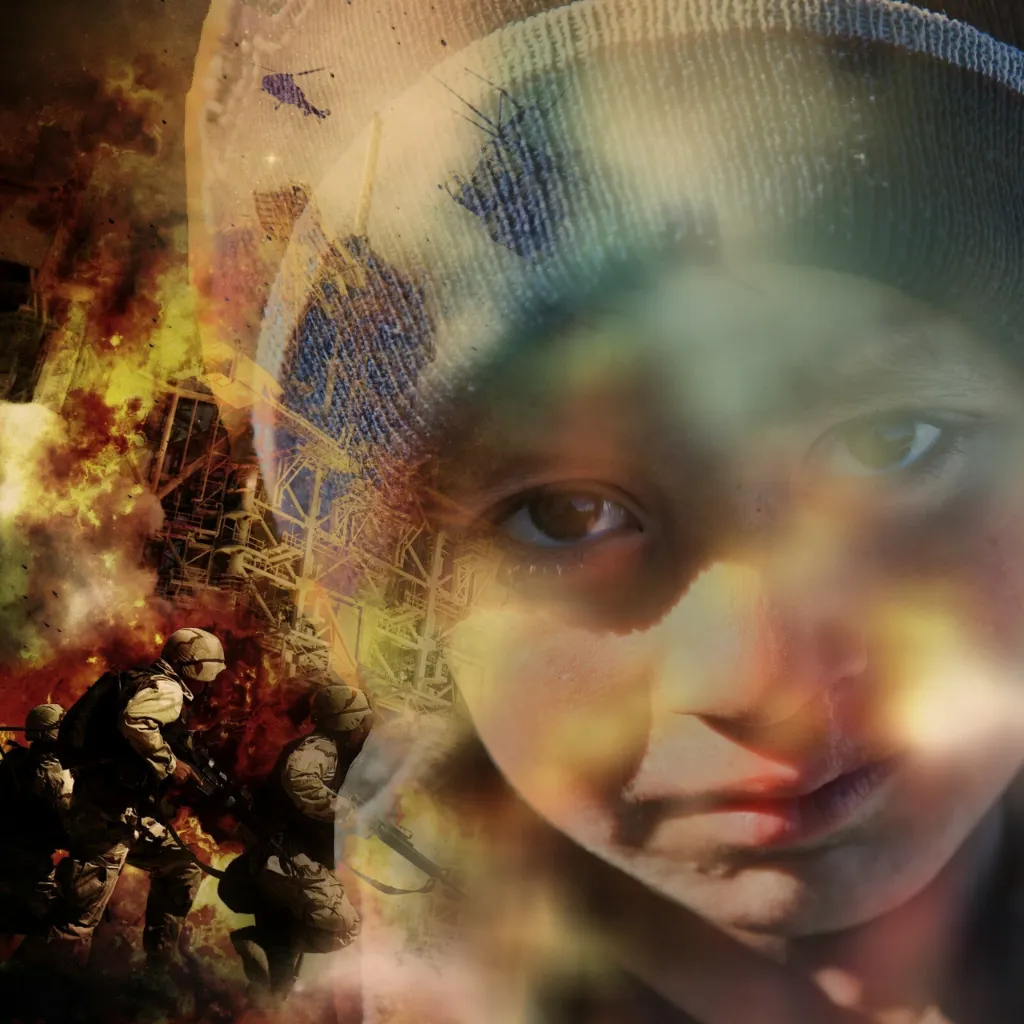Understanding PTSD in Children and Adolescents: Healing After Trauma
Meredith Rappaport, PA-C, CAQ-Psy, LCSW

Experiencing or witnessing a traumatic event can have a profound impact on anyone, but for children and adolescents, the effects can be particularly complex and long-lasting. Post-traumatic stress disorder (PTSD) is a mental health condition that can develop after a child or teen experiences or witnesses a terrifying event.
According to the National Center for PTSD, between 15% and 43% of girls and 14% and 43% of boys experience at least one traumatic event in their lives. Of those who experience trauma, 3% to 15% of girls and 1% to 6% of boys develop PTSD.
What Causes PTSD in Children?
Childhood PTSD can be triggered by a wide range of traumatic experiences, where there is a threat of serious harm or death. These events can be directly experienced by the child, witnessed by them, or even learned about happening to a primary caregiver. Some common causes include:
- Abuse: Physical, sexual, or emotional abuse are significant risk factors for developing PTSD. The repeated nature and violation of trust in these situations can be deeply traumatizing.
- Violence: Witnessing or being the victim of violence, such as domestic violence, school shootings, or community violence, can lead to PTSD.
- Accidents and Disasters: Serious car accidents, natural disasters like floods or earthquakes, and fires can be terrifying and result in PTSD.
- Loss: The sudden or violent death of a loved one, especially a parent or sibling, can be a traumatic experience.
- Medical Trauma: Invasive medical procedures, especially for young children, can sometimes lead to PTSD.
- War and Conflict: Children living in or fleeing war zones are at high risk of experiencing trauma and developing PTSD.
Intentional trauma, where harm is inflicted by another person, is often associated with a higher risk of PTSD compared to accidental trauma. The closer the child is to the traumatic event and the more severe or prolonged the trauma, the higher the likelihood of developing PTSD.

Symptoms of PTSD in Children
PTSD symptoms in children can manifest differently than in adults and may vary depending on the child’s age and developmental stage. These symptoms often fall into several categories:
- Re-experiencing the Trauma: Children may repeatedly relive the traumatic event through:
- Flashbacks: Feeling or acting as if the event is happening again. For example, a child who witnessed a car accident might repeatedly crash toy cars.
- Nightmares: Distressing dreams that may or may not be directly related to the traumatic event.
- Intrusive Thoughts: Unwanted and distressing memories or thoughts about the trauma that come back repeatedly.
- Avoidance: Children may try to avoid reminders of the trauma, including:
- Places, people, or activities: They might refuse to go to the location where the event occurred or interact with people involved.
- Thoughts or feelings: They may try to suppress memories or avoid talking about the traumatic event.
- Alterations in Arousal and Reactivity: These can include:
- Irritability and aggression: Increased irritability or angry outbursts.
- Exaggerated startle response: Being easily startled by sudden noises or movements.
- Sleep disturbances: Difficulty falling asleep or staying asleep.
In adolescents, PTSD symptoms often resemble those in adults, but they may be more prone to impulsive, risky, self-destructive, or aggressive behaviors as a way of coping with their distress. It’s important for parents and caregivers to be aware of these potential signs and maintain open communication with teenagers.
PTSD Treatment for Children and Adolescents
Effective PTSD treatment for children focuses on helping them process the traumatic experience in a safe and healthy way and develop coping mechanisms to manage their symptoms. The primary approach is usually trauma-focused psychotherapy, often involving the child’s family.

- Trauma-Focused Cognitive Behavioral Therapy (TF-CBT): TF-CBT often includes sessions with both the child and the parents to enhance support and communication.
- Eye Movement Desensitization and Reprocessing (EMDR): This process is believed to help the brain reprocess traumatic memories and reduce their emotional impact.
- Family Therapy: Family therapy can help improve communication, address family dynamics related to the trauma, and provide support for both the child and other family members.
- Medication: It can be considered in some cases to manage severe symptoms like anxiety, depression, or sleep problems, particularly when used in conjunction with psychotherapy. Selective serotonin reuptake inhibitors (SSRIs) or other medications may be prescribed by a psychiatrist.
Final Thoughts
It’s essential to seek professional help from mental health professionals who specialize in working with children and adolescents with PTSD. Early intervention and appropriate treatment can significantly improve a child’s recovery and long-term well-being, helping them to heal from the impact of trauma and build resilience for the future.
Responsibly edited by AI
Other Blog Posts in
Animo Sano Psychiatry is open for patients in North Carolina, Georgia and Tennessee. If you’d like to schedule an appointment, please contact us.
Get Access to Behavioral Health Care
Let’s take your first step towards. Press the button to get started. We’ll be back to you as soon as possible.ecovery, together.




